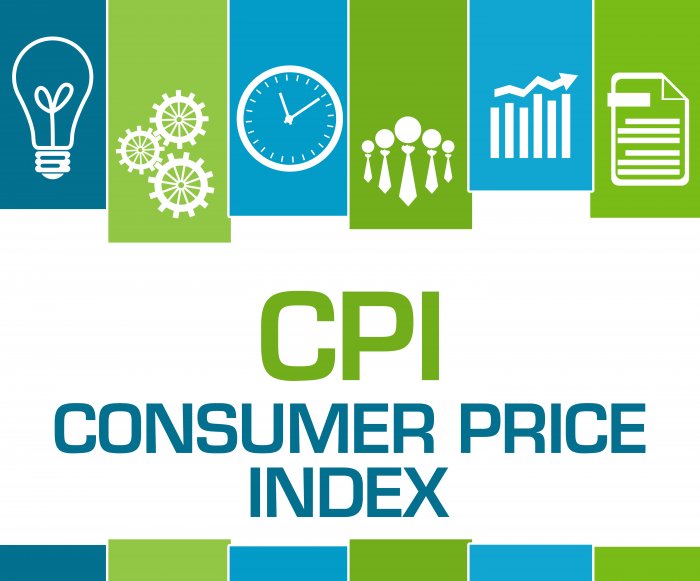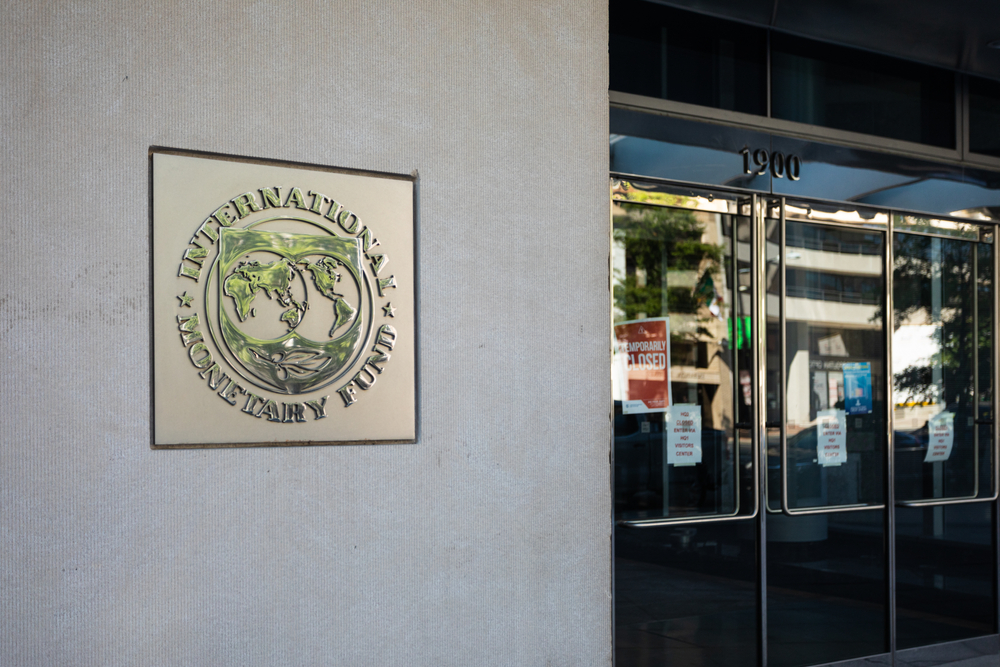Fuel Prices Lower Inflation in November

Graphic by Shutterstock.com
Hungary’s inflation showed a decline after accelerating for eight months, and was lower than the consensus expectation of analysts. At the same time, the Central Statistical Office revised third-quarter GDP data, and the industrial output in October that exceeded expectations will surely contribute to an even better growth figure for 2018.
Changes in fuel prices can be detected behind the slowing inflation rate in November. According to the latest data from the Central Statistical Office (KSH), the consumer price index in November dropped 0.7 of a percentage point from a five-and-a-half year high in October.
Inflation fell back to 3.1% in November from a nearly six-year high of 3.8% in October, thus approaching the midpoint of the Central Bank’s target range of 3%, plus or minus one percentage point. Annual average inflation remained stable at a five-year high of 2.8% in November.
Data shows that November’s decline was mainly driven by lower prices for services and motor fuels. Core consumer prices, which exclude volatile items such as fresh food and fuel, grew 0.1% from the previous month in November, down from October’s 0.5% increase. Lastly, core inflation remained stable at October’s 2.6% in November.
According to Péter Virovácz, head analyst at ING Bank, the drop in the inflation rate can solely be attributed to the changes in fuel prices. At the same time, the price of food stuffs continued to rise, and this, paired with a more than 6% increase in the price of tobacco products keep the inflation rate steadily above 3%, the analyst pointed out.
The National Bank of Hungary will translate the fresh data as supporting the maintenance of the loose monetary policy; however, ING Bank analysts say that inflation pressure is likely to build up and will force the central bank to act in 2019. According to an ING Bank forecast, inflation will be at around 3% for the full 12 months this year and rise to 3.4% in 2019.
Low Pressure
Takarékbank analyst Gergely Suppan also believes that fuel prices were the main attributors to the decelerating inflation. Real inflation pressure is low, which is reflected in the core inflation figure, which remained the same as in October. Takarékbank foresees an annual inflation rate of 2.9% for this year.
Erste Bank analyst Orsolya Nyeste said that the central bank can still maintain its dovish policy. She predicts an annual inflation rate of 2.9% for this year, and a similar figure for the next.
The past weeks have also seen the release of the second estimate of Q3 GDP data, which showed that the robust growth continued in the third quarter of the year. Revised data even shows an increase compared to the first estimate: the Hungarian economy, boosted by strong consumer spending, expanded by 4.9% on an annual basis. The first estimate, released a month ago, put it at 4.8%.
The GDP figure marked the fastest expansion since the fourth quarter of 2005, long before the financial crisis hit. The main driver of the growth was, again, domestic demand, which accelerated from 5% annual growth in Q2 to 7.2%. Private consumption expanded by a strong 4.7% in Q3, marginally below Q2’s 4.8% rise. Consumer spending was buttressed by strong wage growth and an extremely tight labor market.
There was a remarkable 20% year-on-year jump in capital spending in Q3, up from 15% in Q2. This was boosted by strong absorption of EU funds, improving business confidence, and the continuing boom in the real estate market. The most notable increases were seen in construction, and machinery and equipment. In the meantime, government spending slowed somewhat in Q3, growing by only 0.1% on a year-on-year basis, down from a 0.6% increase in Q2.
Slow but Steady
Both local and international analysts agree that the growth of the Hungarian economy will slow down from next year, but will still remain healthy. Deceleration is likely to be led by a slowing absorption of EU funds, and consumer spending will also likely to fall back a little from the current heights, as wage growth gradually declines in the coming years.
As for this year, however, the October performance of the industry gives ground to heated expectations, and contributed much to the fourth quarter GDP and thus to full year’s data.
In October 2018, the volume of industrial output in Hungary grew by 5.9% year-on-year. Based on working day-adjusted data, production rose by 3.3%, according to a first estimate of monthly data from the KSH. Industrial output in October – according to seasonally and working-day-adjusted indices – was 2% above the level of the previous month.
The expansion of the electronics industry was particularly significant in October, but output growth in automotive manufacturing, as one of the key drivers of Hungarian industry, remained behind the overall average growth. The good news, however, was that it managed to turn positive again after three months of decline. Analysts unanimously said the October data well exceeded expectations after the 0.6% decline in output in September. They put industrial performance growth for the full year at between 3.5% and 4% on a year-on-year basis.
Numbers to Watch in the Coming Weeks
The yearend will not bring much excitement in the macroeconomic calendar. On December 14, the KSH will publish data on how the construction sector performed in October. Four days later, the second estimates of October retail trade data will be released, followed by earning regarding the January-October period, on December 20.
SUPPORT THE BUDAPEST BUSINESS JOURNAL
Producing journalism that is worthy of the name is a costly business. For 27 years, the publishers, editors and reporters of the Budapest Business Journal have striven to bring you business news that works, information that you can trust, that is factual, accurate and presented without fear or favor.
Newspaper organizations across the globe have struggled to find a business model that allows them to continue to excel, without compromising their ability to perform. Most recently, some have experimented with the idea of involving their most important stakeholders, their readers.
We would like to offer that same opportunity to our readers. We would like to invite you to help us deliver the quality business journalism you require. Hit our Support the BBJ button and you can choose the how much and how often you send us your contributions.








